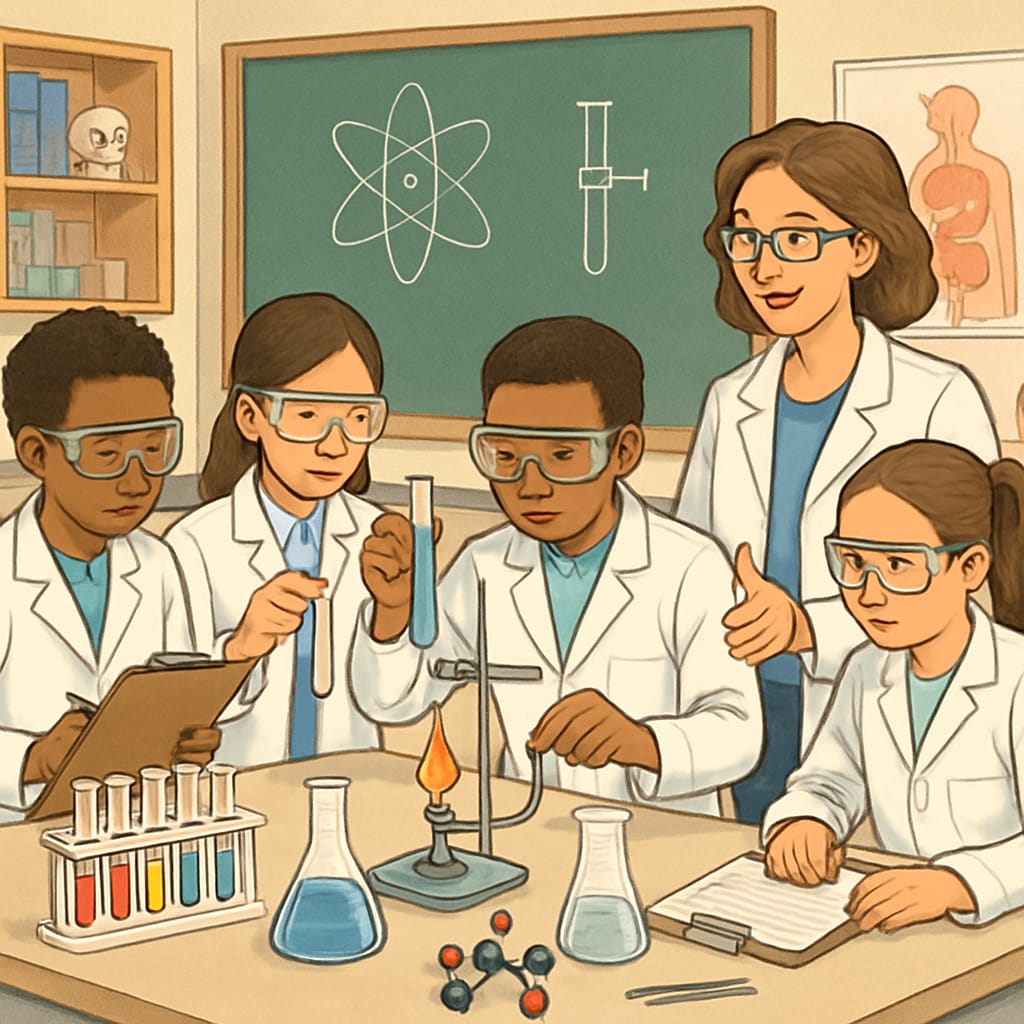Student boredom in education has become a growing concern, especially in K12 classrooms. Many students report feeling disengaged, unmotivated, and disconnected from their learning environment. This lack of enthusiasm not only impacts academic performance but also stifles creativity and curiosity. In this article, we will explore the root causes of boredom, its negative effects on learning outcomes, and practical approaches to reignite student interest and participation in the classroom.
Understanding the Causes of Student Boredom
Boredom in education can stem from various factors. To address the issue effectively, educators must first understand its root causes. Some of the most common contributors include:
- Monotonous teaching methods: Traditional lecture-based approaches often fail to capture students’ attention, especially for visual or kinesthetic learners.
- Lack of relevance: Students may struggle to connect classroom content to real-world applications, leading to disinterest.
- Overemphasis on rote learning: A focus on memorization over critical thinking diminishes engagement.
- Unchallenging curriculum: Lessons that are too easy or repetitive can leave students feeling unfulfilled.
- Excessive distractions: Technology and social media can divert attention, making it harder to concentrate on studies.
By identifying these factors, educators can begin tailoring their teaching strategies to address the specific needs of their students.

The Impact of Boredom on Classroom Engagement
Boredom in the classroom doesn’t just affect students’ mood—it has far-reaching consequences for their academic and personal development. For example:
- Lower academic performance: Disinterest in lessons often results in poor grades and a lack of mastery in key subjects.
- Decreased classroom participation: Bored students are less likely to ask questions, contribute to discussions, or collaborate with peers.
- Increased dropout rates: Chronic disengagement can lead students to lose faith in the value of education and leave school prematurely.
- Limited emotional growth: A disengaged environment stifles curiosity, creativity, and problem-solving skills.
Addressing boredom, therefore, is not just about improving grades—it’s about nurturing lifelong learners who are curious and motivated.
Strategies to Rekindle Passion for Learning
While the challenges of student boredom might seem daunting, there are many effective strategies educators can adopt to boost classroom engagement:
- Incorporate active learning: Use group projects, debates, and hands-on activities to make lessons more interactive and engaging.
- Leverage technology: Integrate multimedia tools like videos, simulations, and gamified learning platforms to capture students’ attention.
- Make learning relevant: Connect classroom topics to real-world scenarios, such as current events or career paths, to help students see the value in what they’re learning.
- Differentiate instruction: Tailor lessons to accommodate different learning styles, ensuring all students feel included and challenged.
- Encourage student voice: Allow students to have a say in their learning process, such as choosing project topics or suggesting classroom activities.
Implementing these strategies can create a more dynamic and inclusive learning environment, making students excited to participate and learn.

Conclusion: Creating Engaging Classrooms for Future Success
Addressing student boredom in K12 education is essential for fostering a generation of motivated and curious learners. By understanding the causes of boredom and implementing practical engagement strategies, educators can transform classrooms into spaces of inspiration and discovery. As a result, students will not only excel academically but also develop the critical thinking and problem-solving skills needed to thrive in an ever-changing world.
In the words of Nelson Mandela, “Education is the most powerful weapon which you can use to change the world.” Let us ensure that this weapon is one of inspiration, not monotony.
Readability guidance: This article uses concise paragraphs, clear headings, and lists to improve readability. Transition words like “for example” and “as a result” are included to ensure smooth flow. Additionally, active voice predominates, ensuring the content is engaging and actionable.


